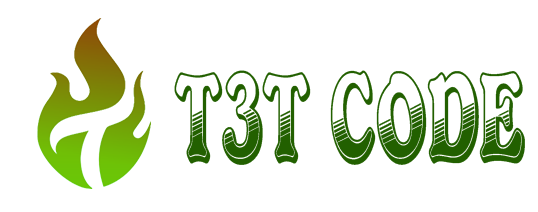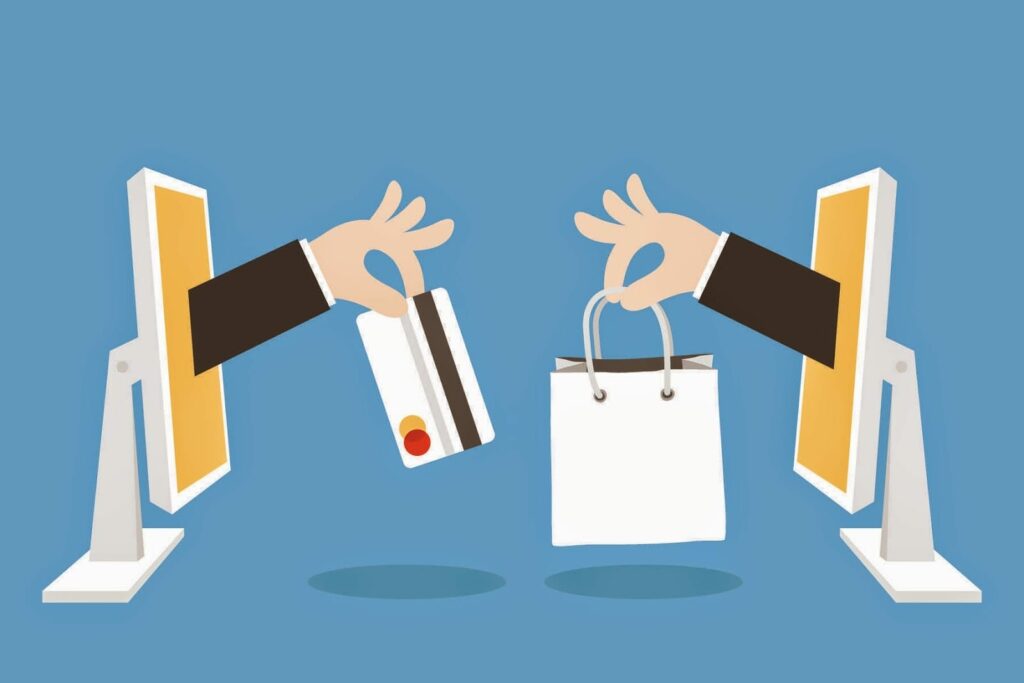Chưa có sản phẩm trong giỏ hàng.
Tin tức Tổng Hợp
Why You Should Invest in NFTs: A Complete Breakdown
Let’s skip the chit-chat and get right into what exactly is an NFT!
What is an NFT?
Unless you’ve been hiding under a rock somewhere, you would be familiar with the term non-fungible token or popularly known as NFT. A very basic definition of NFT would simply be any form of art that is presented online and now exclusively belongs to you.
The art form presented as NFT could range from a painting to something you would think inconsequential as a tweet. Yes, a funny tweet you wrote could probably cost thousands of ringgits sold online for an eccentric buyer. After all, Twitter CEO, Jack Dorsey’s first-ever tweet was sold as an NFT for a whopping amount of $2,915,835.47 (RM12,342,731.54).
Despite being created back in 2014 when it was known as “monetized graphics” NFTs didn’t gain prominence until late 2017 which brings us to 2021 where NFTs are the latest craze. The first-ever NFT, Quantum, was created by Kevin McCoy in May 2014 was sold for $1.4million (RM5,926,200.00) by a buyer also known by his pseudonym, Sillytuna. Kevin McCoy, the man behind NFT themselves developed the technology alongside coder, Anil Dash. Both of them created NFTs to avoid artists being exploited when their first arts are shared across platforms without them profiting from it or even being credited.
How do NFTs work?
A common misconception is that NFTs are similar to cryptocurrency when in reality, their differences are in the names themselves. NFT are non-exchangeable as compared to cryptocurrencies as each NFT is a unique representation of an asset.
NFTs work by maintaining their one-owner status as it’s on the Ethereum blockchain. This means that no one would be able to modify the owner of the NFT. Ethereum is cryptocurrency but its blockchain supports NFT thus providing evidence of creation and proper ownership to the artist.
Ethereum was the first blockchain to support NFT however since then, many other blockchains have been added to support NFT. The emergence of these blockchains is a direct result of high transaction fees or also known as “gas fees” on Ethereum blockchains. These blockchains include Bitcoin Cash, Cardano, FLOW, GoChain, Solana and Tezos. Since different marketplaces support different blockchains, the buyer or seller will have to convert to the respective cryptocurrency before performing any transactions.
If you come across a piece of art on the Internet that you’re interested in but you find out the art has been included with an NFT, you technically would still be able to download or copy the art. However, you would never have proper ownership of the art, simply put, what you have, is the pirated version of the art. Speaking of that, blockchain technology is also used to determine the authenticity of the art.
What are NFTs used for?
Buying and selling NFTs comes with this reputation that it’s only reserved for the rich and eccentric but honestly, it’s open for everyone no matter what type of art you’re into. After all, art is subjective!
You may think a mildly vulgar WhatsApp sticker you made is just for the giggles but who knows, in 10 years, it may cost thousands of ringgits.
From an artist’s perspective, let’s just say that due to some reasons, you’re no longer able to go to galleries to present your art, NFTs are an excellent substitute to find a buyer for your art. Another perspective would be if that your art form is “unconventional”, you could employ NFTs to market your art and find your target audience. If you’re an artist, you could also enable a feature that pays you a percentage every time the NFT is sold.
However, a point to be noted here is that NFTs are not just restricted to art several users have been experimenting with selling real estate as NFTsi as it speeds up the transaction processes. While this is yet to be popularized in Malaysia, who knows, in the future, the process of buying a house could only take a minute.
From a buyer’s perspective, you could wonder, why should I buy NFTs? The direct reason could be you wish to support an artist you like or you’re an aspiring art collector. Doesn’t this sound familiar to someone who’s an avid collector of Pokemon cards and is keen to grow their collection? Well, this is the same concept! You could also be purchasing these NFTs as a future investment in hopes of the price booming in the future. Again, you could never know what suddenly gains relevance in the next 15 years, so who’s to say that an NFT you own in 2021 might not be worth thousands of ringgit in the future.
How to buy and sell NFTs?
With demand soaring for NFTs, it’s a no-brainer that digital artists and collectors are jumping on the NFT bandwagon to buy and sell NFTs. The process is fairly simple and it starts by creating a digital/crypto wallet, with the most popular options being Metamask and Coinbase (learn how you can set up your crypto wallet on Metamask and Coinbase). However, there are a ton of other crypto wallets that you can choose from such as eToro, Binance, Exodus, and more. Then, you’ll have to link your digital wallet to an account on your preferred NFT marketplace platform. Depending on the NFT platform, you’ll have to buy the appropriate cryptocurrency and transfer them into your digital wallet. That’s it, you’re all set up now!
Which NFT marketplace platform should you venture into?
There are numerous NFT marketplaces where you can buy and sell NFTs. One of the largest and most popular NFT marketplaces is called OpenSea. On OpenSea, the blockchains that they support are Ethereum, Polygon, and Klatyn. What that means is that you’ll need to convert your dollars into their corresponding tokens; Ethereum (Token: ETH), Polygon (Token: MATIC), and Klatyn (Token: KLAY); to start trading NFTs in OpenSea.
However, keep in mind that for every transaction you make on OpenSea, you’ll need to pay a gas fee – essentially a processing fee. These gas fees fluctuate depending on how busy the network is at the time of the transaction. Take the Etherium blockchain, for example, we can see that there is a preference for NFTs to be minted on this specific blockchain. Therefore, the Etherium blockchain network has to work overtime to complete these transactions, which results in sky-high gas fees. If an NFT is sold for just slightly higher or equal to the price of the gas fee, the artist may potentially incur more losses with the sale.
Other notable NFT marketplaces include Rarible, Nifty Gateway, and SuperRare. These NFT marketplaces have their regulations to keep track of, but they work pretty similarly. If you are willing to forgo the exposure from the higher traffic from these popular NFT marketplaces for lower gas fees, do try out Solana Network. They provide a platform for digital artists and collectors to buy, sell, and trade NFTs with substantially lower transaction fees. There are also NFT marketplaces that accept credit card payments such as Niftyzone.
The process may seem intimidating, so here’s how you can get started on buying and selling NFTs in just 4 easy steps.
- Buy some cryptocurrency.
- Create a digital wallet & add in cryptocurrency.
- Connect your wallet to an NFT marketplace that supports the cryptocurrency that you’ve purchased.
- Start buying & selling NFTs!
And no, you cannot just screenshot an NFT and claim ownership of the digital asset. Due to the nature of the blockchain technology that acts as a public ledger, there is a record of ownership for all NFTs. Therefore, copies and screenshots of an NFT do not hold the same value as the original digital artwork.
How to create NFTs?
The emergence of NFTs means that there is a big marketplace for original digital assets that include digital images, audio, and videos clips. Just like top digital collectibles such as Marvel and NBA Top Shots, you may also be able to sell your original artwork for potentially millions of dollars!
You’re pretty much ready to mint your NFT projects after connecting a digital wallet to your preferred NFT marketplace. Click on the ‘Create’ button that you can easily find on any NFT marketplace and upload your NFT with a supported file type. Input your title and description along with any necessary information that you may want to include in your listing. A great thing about NFTs is that digital artists can now earn a percentage of royalties with every re-sale. Unlike physical artwork where it is a one-off payment, NFTs allow the original creator to attain the copyright of their artwork and gain profits even after they’ve sold their artwork.
Do note that on OpenSea, listings are free! However, when you decide to sell your NFTs, a gas fee will be incurred. While the fee is high and can burn a hole in your wallet, gas fees are also a way to prevent people from minting just about any piece of digital asset that they may have and bombarding the website. While creating NFTs based on your standards are important, determining your niche and target audience, as well as its potential returns, are equally as crucial.
Investment into NFTs
Investing, in general, can come with a ton of risk. The market is highly volatile and you can potentially lose millions in just a blink of an eye. However, with proper and thorough research, investing in NFTs is a great way to generate income, active or passive. A great way to discover insightful investment opportunities that can help you turn a massive profit is by joining the project’s Discord community to discuss any upcoming NFT project. If you’re an artist or collector and are keen on owning your digital asset, investing in NFTs is a great way to show your support to local digital artists and creators.
Check out local artists at NFT marketplaces in Malaysia such as Pentas and TRART. Besides local digital artwork, explore the vast market of popular digital collectibles such as Bored Ape Yacht Club and CryptoPunks. There are also NFTs such as CryptoKitties where you can collect and trade NFTs (in this case, kitties) and engage with these NFTs to play games and unlock traits in their virtual world (KittyVerse). As you are guaranteed ownership for NFTs, each NFT (kitty) is uniquely yours and cannot be replicated in any way.
Well, do you have an idea you think can be transformed into an NFT? As far as we know, NFT could be the next big thing in digital marketing and with the digital world exponentially growing, there’s no telling what will happen in the future. Global digital group Superist, which Hoc11.vn Malaysia is also part of, is also offering its own limited edition NFT collection.
Speak to our team of digital experts today to see how you can position your brand and business to leverage the rapidly growing industry.
Nguồn: https://www.primal.com.my/marketing/why-you-should-invest-in-nfts-a-complete-breakdown/
Xem thêm:
Bài viết cùng chủ đề:
-
Tổng hợp 15 cách tăng traffic cho website hiệu quả nhất
-
Phân loại và cách sử dụng mệnh đề quan hệ trong tiếng Anh
-
Câu trần thuật trong tiếng Anh – Cấu trúc, cách sử dụng và ví dụ
-
Cách giới thiệu sở thích bằng tiếng Anh hay nhất hiện nay
-
Top 5 bài giới thiệu về lễ giáng sinh bằng tiếng Anh hay nhất
-
Những đoạn văn giới thiệu gia đình bằng tiếng Anh ý nghĩa nhất
-
Cách dùng one/another/other/the other/others/the others dễ hiểu nhất
-
Tổng hợp kiến thức từ A-Z về nguyên âm và phụ âm Tiếng Anh
-
8 Cách học tiếng Anh hiệu quả tại nhà với mức chi phí 0 đồng
-
12 Cách luyện nói Tiếng Anh tại nhà hiệu quả dành cho người mới
-
Cách học ngữ pháp tiếng Anh cho người mất gốc hiệu quả 100%
-
Cách luyện viết Tiếng Anh hiệu quả tại nhà dành cho người mới
-
Tổng hợp mẫu câu chúc ngủ ngon Tiếng Anh ngọt ngào nhất
-
13 Website học tiếng Anh online miễn phí chất lượng
-
Phương pháp giúp bé học tiếng Anh bằng màu sắc hiệu quả nhất
-
TOP 300+ các cụm từ tiếng Anh thông dụng nhất trong giao tiếp





